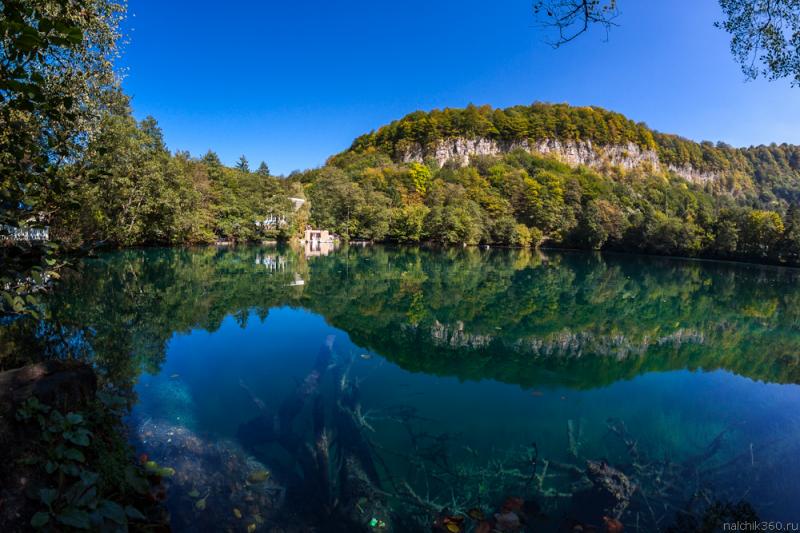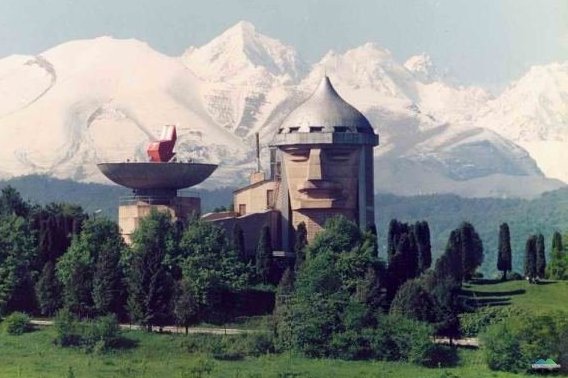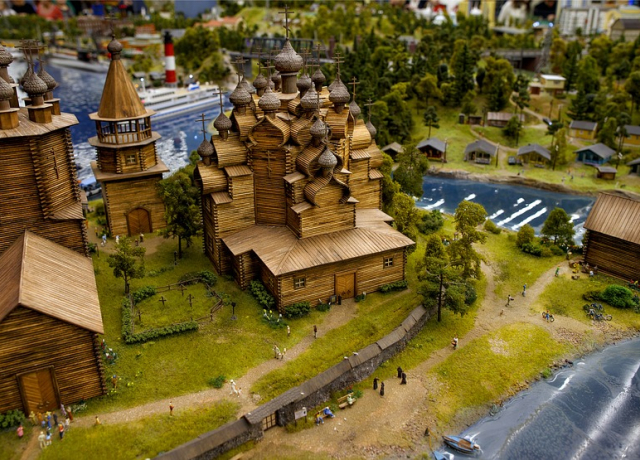Russia Doubles the Regional Coverage of European Heritage Days
Russia Doubles the Regional Coverage of European Heritage Days
With frozen tundras and nearly inaccessible taiga forests in the North, and incredibly lively plateaus, biodiversity hotspots, and wonderful landscapes around the Altai Mountain in the South, Russia is a true encyclopaedia of nature.
As such, it had a lot to showcase in the year when Europe celebrates the theme Heritage and Nature.
More than 40 events were held in 6 regions, covering the European part of Russia from its Northern regions (Republic of Karelia) to the Caucasus (Kabardino-Balkar Republic).
Famous for its 27,000 rivers and 60,000 marvellous lakes, the Republic of Karelia was an important spot on the European Heritage Days map this year. An equally enchanting Kabardino-Balkarian Republic also displayed its wonderful natural and cultural heritage through a number of events like excursions, lectures, seminars, festivals and handicraft activities.

An excursion to the Pushkin Museum in the village Ekaterinograd, the exhibition Transfiguration Island, and the cultural and educational project Open City were just some of the events that attracted visitors to this year’s European Heritage Days. The main auditorium for the events were children and youth, who could learn about their natural surroundings and cultural monuments in an engaging way. Most of the events were also accessible for people with disabilities to enable as many citizens as possible to join this pan-European celebration.

In comparison to the previous year, this is a significant expansion of the regions' coverage and a step forward to even richer European Heritage Days 2018. Next year, the country plans to increase the number of participating regions up to the Far East and to at least double the number of events.
This way, Russia will encourage an even greater citizens’ participation and offer new insights into the country’s diverse natural heritage and cultural monuments. Helping raise awareness about these unique heritage sites, about the processes of its preservation, protection and popularization, European Heritage Days play an important role in educating the public in Russia on the cultural magnificence of their country.
